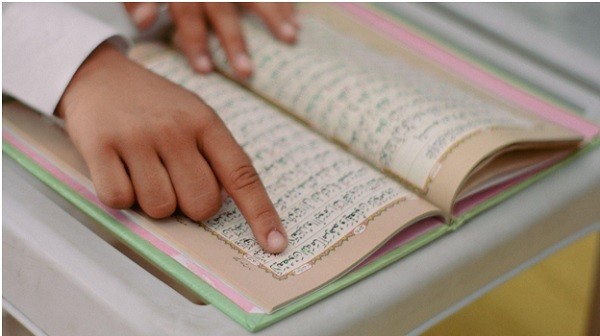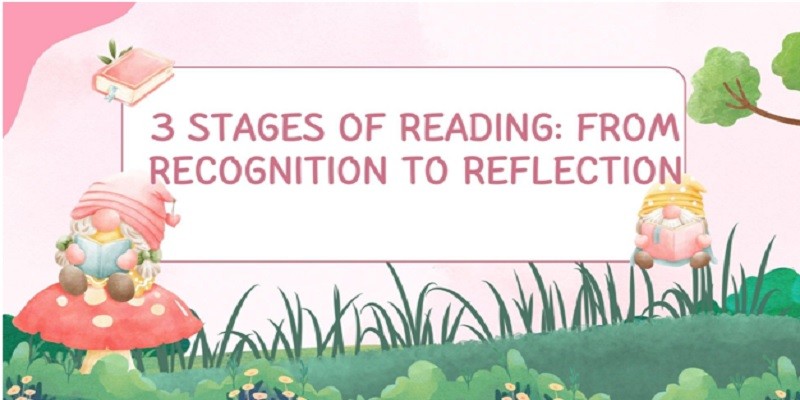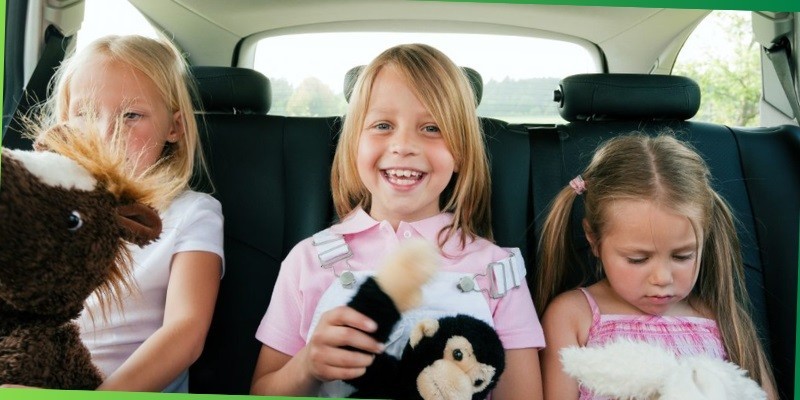Last Updated on September 28, 2023
Remember the magic of diving into a storybook as a kid? Books are more than just printed words; they’re doorways to different worlds for our little ones.
When children begin their reading journey, it’s like unfolding a new adventure with every page they turn. In this journey, there are three major milestones they’ll cross: Recognition, Comprehension, and Reflection.
Think of these as the stepping stones that’ll take your child from spotting their first letter in the pre reading stage to getting lost in the tales of enchanted forests and brave heroes.
Let’s walk through these stages together, understanding how books can be the best guides in this delightful voyage. Ready to set sail?
The First Stage: Recognition

You remember that thrill of spotting a familiar face in a crowd? For your child, recognizing letters is pretty much the same joy. This first stage, Recognition, lays the foundation for all reading journeys. It’s where the magic starts.
The Role of Kid-Friendly Books
You’ve probably seen those vibrant children’s books with bold letters and lively images. They’re not just designed to look cute; they have a purpose. Their clear, simple text is crafted to make letter identification easier for those tiny eyes.
Books with rhyme and rhythm? They’re gold. They make sounds more catchy, helping your child connect the dots between letters and their sounds.
Patterns, Repetition, and Their Importance
When flipping through these beginner books, you’ll notice patterns like, “The sun is fun.” Repeating sounds and words might seem basic to us, but to kids, it’s a learning playground.
It reinforces the connection between letters and sounds. So, every time they read or hear these patterns, their brain strengthens those links.
Visuals: More Than Just Pretty Pictures
Kids are naturally drawn to pictures. That’s why children’s books are rich in visuals.
These illustrations aren’t just for entertainment; they provide context. When your child sees a picture of a cat next to the word “cat,” they make an association. Over time, even without the picture, they’ll recognize the word. Neat, right?
Your Role in This Journey
While books do a lot, your involvement amplifies the learning. Make reading an interactive session.
Point to words as you read them, and encourage your child to trace letters with their fingers. When they recognize a word or a letter, give them a little cheer. These moments of encouragement are like fuel – they drive the desire to learn more.
Taking It One Step at a Time
Remember, every child is unique. Some might swiftly move through this stage, while others prefer a slower pace. And that’s perfectly okay.
The key is patience and enjoying the journey. With your guidance, the right books, and a sprinkle of enthusiasm, your little one will soon be transitioning from recognizing letters to diving deep into tales of wonder.
So, as you both embark on this reading adventure, keep in mind that this is just the beginning. And what a beautiful beginning it is!
The Second Stage: Comprehension

Now that your child is recognizing words, what’s next? Dive deeper into the world of books, and you’ll find it’s not just about reading words. It’s about understanding them.
This is the Comprehension stage. Imagine moving from identifying words like ‘cat’ or ‘sun’ to grasping the story behind “The cat chased its tail under the warm sun.” Quite the leap, right?
Why the Right Books Matter
Think back to your childhood. Were there stories that just stuck with you? The tales that not only entertained but also made sense?
Choosing the right books for your child during this stage is vital. Opt for stories with a clear narrative, relatable characters, and straightforward plots. These elements help your child grasp the underlying message.
Context Is King
In the world of comprehension, context reigns supreme. Through the stories they read, kids learn to pick up on cues.
For instance, if a story mentions a character wearing a heavy jacket and mittens, your child begins to associate these items with cold weather. Encouraging discussions about the story setting, the characters, or the plot can significantly boost their understanding.
Testing the Waters
How can you gauge if your child truly comprehends what they’re reading? Simple questions are your best tool.
Ask them about the story’s events or the emotions of characters. For instance, after reading a story about a lost puppy, you could ask, “How do you think the puppy felt?” Their answers can provide valuable insights into their level of comprehension.
Nurturing the Comprehension Skill
Like any skill, comprehension blossoms with practice. Regular reading sessions, discussions about daily events, or even retelling favorite stories can sharpen this skill.
As you read together, occasionally pause to discuss the story. Let your child predict what might happen next or share their favorite parts.
Patience and Progress
It’s essential to remember that comprehension is a gradual process. Your child might grasp some stories instantly, while others might take a few reads. And that’s okay!
The goal is progress, not perfection. With each storybook, they’re not only diving into new adventures but also enhancing their ability to understand and relate to the world around them.
So, as you both venture further into the world of books, cherish these moments of discovery and understanding. They’re building blocks for a lifelong love of reading.
The Third Stage: Reflection

So, your child is no longer just reading and understanding stories; they’re now connecting with them on a deeper level.
Welcome to the Reflection stage! This isn’t merely about what’s happening in the story but how it relates to their own little world.
Stories: Mirrors and Windows
Have you ever seen your child get emotional over a book or relate a story to something they experienced?
That’s the beauty of reflection. Books act as mirrors, where kids see themselves, and windows, where they view different worlds. When your child mentions, “This character felt just like I did when…”, that’s a reflection in action.
Questions That Spark Thinking
How can you nurture this reflective mindset? By asking open-ended questions. Instead of just asking about what happened in the story, dive deeper.
Questions like, “How would you feel if you were in that situation?” or “What would you have done differently?” can stir their thinking and enhance their connection with the story.
Popular Children’s Books as Catalysts
There’s a reason some children’s stories are timeless. They tackle emotions, challenges, and situations that resonate across generations.
Classic tales, like “The Little Engine That Could” or “Where the Wild Things Are”, can spark discussions about perseverance or handling emotions. Sharing such stories can be a great way to encourage your child to think more profoundly and relate them to their experiences.
Activities Beyond Reading
Engage your child in activities inspired by the books you read. Drawing a picture, enacting a scene, or even writing a letter to a character can deepen their connection. These activities allow them to reflect on the story’s events and the emotions they felt while reading.
Cherishing These Reflective Moments
Every child’s pace of reflection is unique. While some might instantly see parallels between stories and their experiences, others might take their time. And that’s perfectly alright! The beauty lies in those ‘aha’ moments, however frequent or rare they might be.
Remember, with every story, your child isn’t just exploring new worlds; they’re also exploring themselves.
Through reflection, they’re understanding their feelings, values, and beliefs a bit more. And with your guidance, patience, and the right set of books, this journey of self-discovery is bound to be a fulfilling one.
Final Words:
So there you have it! The journey of reading isn’t just about flipping pages; it’s a beautiful voyage of discovery.
From recognizing letters to understanding stories and finally reflecting on them, your child’s growth is evident. Through books, they don’t just learn about the world; they learn about themselves.
Your role? Simply to guide, encourage, and be there to share in their joy. Keep those books coming, keep those discussions flowing, and know that with every story, you’re nurturing a lifelong love for reading in your little one.
Here’s to many more stories and countless cherished moments!
Author bio: This article was presented by Learn Online Hub – a comprehensive blog about early children’s development. Check out their website for more great children’s learning tips!







